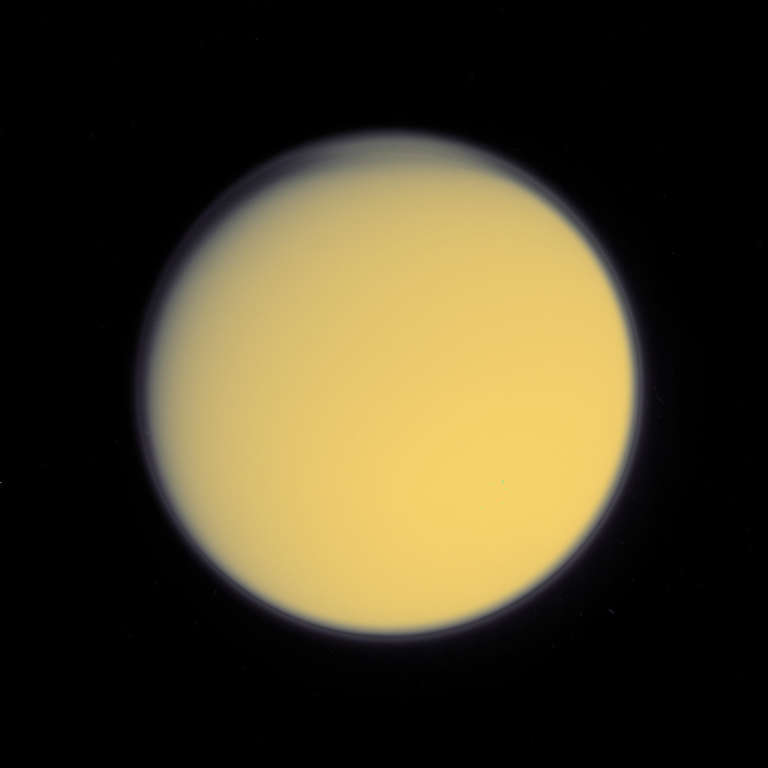All
All
Stories, updates, insights, and original analysis from The Planetary Society.
Gravity assist
With the recent announcement by NASA that the 36 year-old spacecraft Voyager 1 has officially entered interstellar space at a distance from the sun about four times further than Neptune's orbit, and with Voyager 2 not far behind, it seems worthwhile to explore how humans managed to fling objects so far into space.
Dating the Moon's basins
A paper in press in the Journal of Geophysical Research uses new data from Lunar Reconnaissance Orbiter to update our story for the history of the Moon's massive impacts.
Two new ways to browse Vesta: 1. Vesta Low-Altitude Mapping Orbit (LAMO) Atlas
Last week was the European Planetary Science Congress in London, and there's been a lot of science news. One thing that caught my eye Friday was the publication of a new atlas for Vesta.
Mars' valley networks tell us of a dry, then wet, then dry Mars
Was there rainfall on Mars? Recent work mapping valley networks suggests there probably was -- but only for about 200 million years. What does this mean for life, and the Curiosity mission?
Go LADEE!
Listen to or watch the recording of our live celebration for LADEE as the spacecraft blasted off for the moon.
Pluto's atmosphere does not collapse
Just four months ago I posted about a paper recently published by Leslie Young and coauthors that described three possible scenarios for Pluto's atmosphere. Yesterday, Cathy Olkin, Leslie Young, and coauthors posted a preprint on arXiv that says that only one of those scenarios can be true. And it's a surprising one. The title of their paper says it all:
Watch LADEE Launch to the Moon with The Planetary Society
Starting at 7:30pm PDT/10:30pm EDT, we will webcast a special event around the launch of NASA's next lunar spacecraft. Watch our special coverage with lunar scientists and live video from the launch site, as well as NASA TV footage of the launch itself.
Mars, Old and New: A Personal View by Bruce Murray
An interview with Bruce Murray from 2001 about his perspectives on Mars science and exploration: past, present, and future.
Results of ten Venus years of cloud tracking by Venus Express
What Venus Express' Visual Monitoring Camera images of Venus have taught us about the motions of Venus' atmosphere.
Probing Titan's Atmosphere
By now I hope that everyone has seen some of the spectacular images of the Saturn system (and especially Titan!) from the Cassini-Huygens mission. However, the measurements that often make my heart race are taken by instruments that reveal Titan in ways that our eyes cannot see.
Updates on Curiosity from Ken Herkenhoff: Embarking for Mount Sharp (sols 326-372)
United States Geological Survey scientist Ken Herkenhoff posts regular updates on the Curiosity science team's plans for the rover on Mars.
Caution: Spacecraft Under Construction
Join Emily Lakdawalla and Mat Kaplan inside JPL's High Bay 1, where two Earth-revealing missions are being readied for launch.
Movie of Phobos and Deimos from Curiosity: super cool and scientifically useful
Yesterday, the Curiosity mission released the video whose potential I got so excited about a couple of weeks ago: the view, from Curiosity, of Phobos transiting Deimos in the Martian sky. In this post, Mark Lemmon answers a bunch of my questions about why they photograph Phobos and Deimos from rovers.
Pluto on the Eve of Exploration by New Horizons: Is there an ocean, or not?
Does Pluto have an ocean under its ice? If it doesn't now, did it ever have one? How will we know?
Happy 32! Happy New Mars Year!
They're too far apart to have a party, but today Curiosity and Opportunity could have rung in the New Mars Year. Today Mars reached a solar longitude of zero degrees and the Sun crossed Mars' equator, heralding the arrival of spring in the northern hemisphere and autumn in the southern hemisphere.
Pluto on the Eve of Exploration by New Horizons: A problem of cartography
Last Thursday at the Pluto Science Conference there was a surprising and interesting talk by Amanda Zangari, who pointed out a serious problem with Pluto cartography.
Pluto on the Eve of Exploration by New Horizons: Small moons, dust, surfaces, interiors
My roundup from notes on the day's presentations on dust in the Pluto system and the surfaces and interiors of Pluto and Charon.
Planetary Geomorphology Image of the Month: Water tracks on Earth and Mars
The International Association of Geomorphologists'
Stationkeeping in Mars orbit
It had never occurred to me to think about geostationary satellites in Mars orbit before reading a new paper by Juan Silva and Pilar Romero. The paper shows that it takes a lot more work to maintain a stationary orbit at an arbitrary longitude at Mars than it does at Earth.
How radar really works: The steps involved before getting an image
Arecibo Observatory is known for its 1000-foot diameter telescope and its appearances in Goldeneye and Contact. Aside from battling Bond villains and driving red diesel Jeeps around the telescope (grousing at the site director about the funding status of projects is optional), several hundred hours a year of telescope time at Arecibo go toward radar studies of asteroids.


 Explore Worlds
Explore Worlds Find Life
Find Life Defend Earth
Defend Earth


 Sun
Sun Mercury
Mercury Venus
Venus Earth
Earth Mars
Mars Jupiter
Jupiter Saturn
Saturn Uranus
Uranus Neptune
Neptune Small Bodies
Small Bodies















